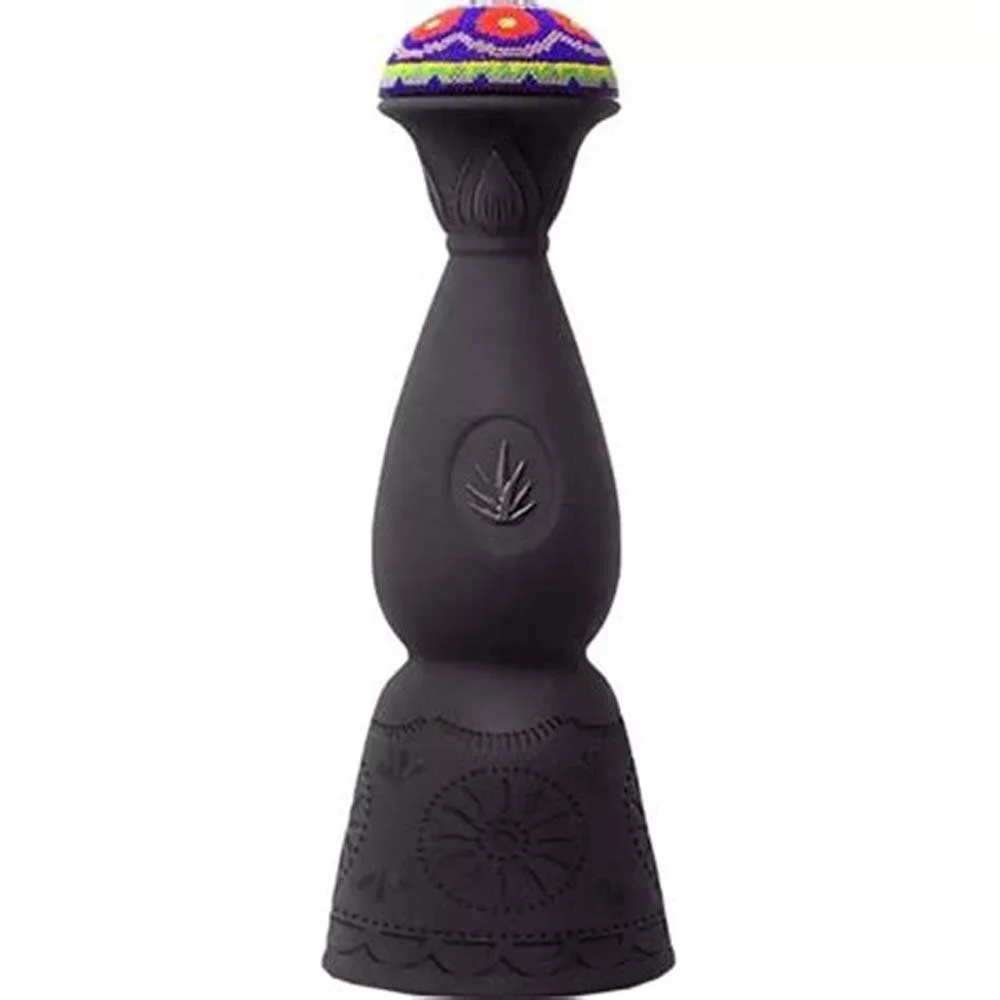ARTESANAL MEZCAL
Tradition Preserved, Craft Distilled
Artesanal mezcal is the most common and widely celebrated category of traditional mezcal today. Made with methods that reflect centuries of heritage, it strikes a perfect balance between authenticity and refinement. Agave is roasted in earthen pits, fermented naturally, and distilled in copper or clay stills—techniques that highlight the raw beauty of agave, the influence of terroir, and the hand of the maker. This category offers a spectrum of styles, from smoky and robust to delicate and floral, depending on agave type, region, and producer.
Key Characteristics
Artesanal mezcal is produced using manual and semi-manual methods that preserve tradition while allowing for some flexibility. It’s expressive, regional, and rich in natural character, often displaying earthy smoke, herbal undertones, and vibrant agave flavor.
Style
Unaged (joven) or lightly aged (reposado, añejo); handcrafted using traditional tools
Body
Medium to full
Texture
Often rich, oily, or slightly rustic depending on agave and fermentation
Primary Agaves
Espadín, Tobalá, Tepeztate, Madrecuixe, Cuishe, Mexicano, Arroqueño, and many more—including ensambles (agave blends)
Typical Flavors
Roasted agave, ash, citrus peel, pine, wild herbs, jalapeño, dried flowers, white pepper, clay, tropical fruit
Origin & History
Artesanal mezcal reflects the deep-rooted traditions of rural Mexico, particularly Oaxaca, Guerrero, Michoacán, and Durango. These techniques date back hundreds of years and are often passed down within families or communities. While ancestral mezcal requires strict historical methods, the artisanal category allows for broader use of traditional materials (like copper stills) and tools that can help scale production without sacrificing identity. Most premium mezcal brands available today fall into this category, helping bring regional spirits to a global audience.
How It’s Made
To be labeled artesanal, mezcal must be made using specific methods outlined in NOM-070.
Cooking
Agave is roasted in earthen pits over hot stones—usually covered with maguey leaves and earth to trap smoke and heat
Crushing
Milled by hand or with a traditional stone tahona pulled by donkey or motor
Fermentation
Natural (wild yeast) fermentation in wood, stone, or earthen vessels—no stainless steel
Distillation
Must be done in copper stills or clay pots, often over direct flame
The result is an agave spirit that reflects its place, process, and people.
Notable Styles
Artesanal mezcals vary widely based on agave type, altitude, water source, and fermentation conditions.
Espadín Artesanal
Clean, balanced, lightly smoky
Tobalá or Wild Agaves
More fruit, florals, and spice
Karwinskii Varieties
Herbal, dry, and minerally
Ensamble Artesanal
Blended agaves from a single roast or fermentation
Highland vs. Valley
Highland mezcals tend to be cleaner and floral; valley mezcals are richer and earthier
Cocktail Pairings
Artesanal mezcal adds depth and complexity to spirit-forward or citrus-based cocktails. It’s the go-to style for bartenders who want smoke, flavor, and balance.
Classic Cocktails
Oaxaca Old Fashioned, Mezcal Margarita, Mezcal Negroni, Last Word with mezcal
Modern Mixes
Smoked Paloma, Chamomile Mezcal Sour, Charred Pineapple Highball, Tamarind Mezcal Spritz
Food Pairings
Artesanal mezcal pairs exceptionally with fire-grilled, spice-rubbed, or fermented dishes. Its savory notes also match with roasted vegetables and cured meats.
With Savory
Mole negro, grilled steak, tlayudas, chile relleno, wild mushroom tacos
With Cheese
Aged goat cheese, Cotija, smoked gouda, Manchego
With Dessert
Dark chocolate, caramel flan, cinnamon churros, mole truffles
How to Serve It
Glassware
Traditional copita, veladora, or clay mezcal vessel
Temperature
Always serve neat at room temperature—mezcal is meant to be sipped and savored slowly
Storage
Store upright and sealed away from direct sunlight. Artisanal mezcal remains stable after opening but is best enjoyed within 1–2 years for peak aroma
Fun Fact
Each batch of artesanal mezcal is typically small and batch-specific, often including the name of the producer (maestro mezcalero), village, agave type, and roast date—making each bottle a literal snapshot of time and place.
Try This If You Like
Peated Scotch
Wild-fermented cider
Natural wine
Añejo Tequila
For crossover drinkers
Craft Rum with agricole roots
Recommended Producers
These houses exemplify the diversity and craftsmanship of mezcal, showcasing the richness of regional agave varieties and artisanal production methods.
Clase Azul – Mezcal Durango
Crafted from wild Cenizo agave, this expression reflects the rugged character of Durango with smoky depth and earthy complexity.
Clase Azul – Mezcal Guerrero
A rare and elegant mezcal made from papalote agave, offering a fresh, floral profile that highlights the unique terroir of Guerrero.
Recommended Pours
Clase Azul - Mezcal Durango — A bold and earthy mezcal with notes of smoke, herbs, and mineral complexity, made from wild Cenizo agave in the rugged Durango highlands.
Clase Azul Mezcal Guerrero — An elegant and floral mezcal crafted from rare papalote agave, offering delicate tropical fruit, citrus zest, and a subtle smoky finish.



